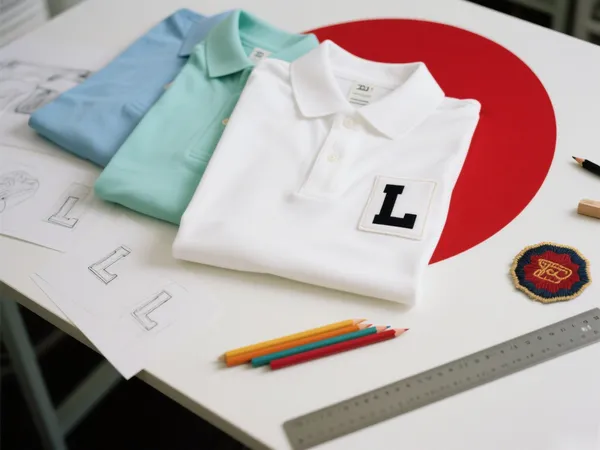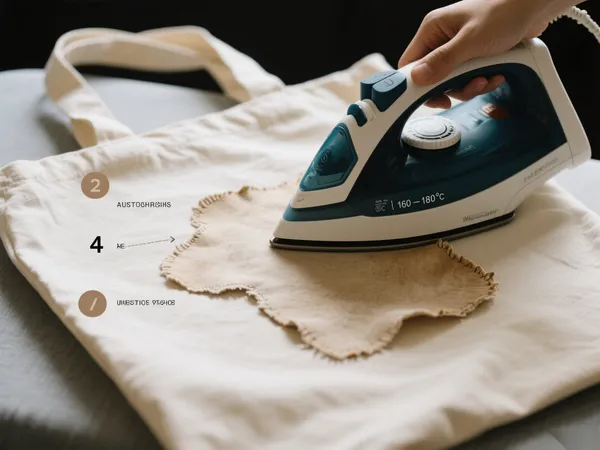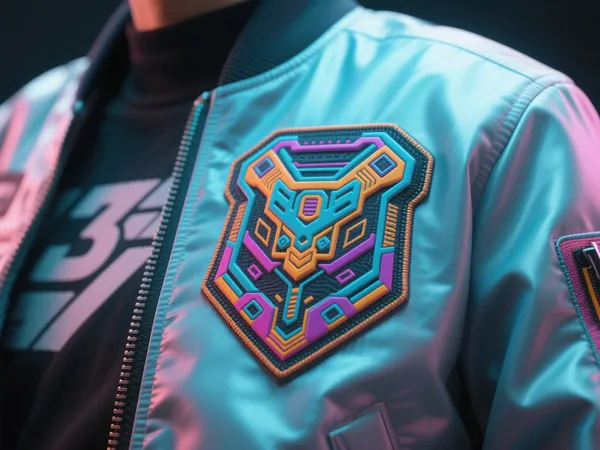Adding patches to your clothing is a creative and practical way to personalize your wardrobe, repair worn fabric, or display your interests. Whether it’s a fashion statement, a badge of honor, or a quick fix, learning cómo coser parches is a valuable skill for any DIYer or sewing beginner.
En esta guía, le explicaremos todo lo que necesita saber sobre sewing patches on clothes, from materials and tools to stitching techniques and pro tips.
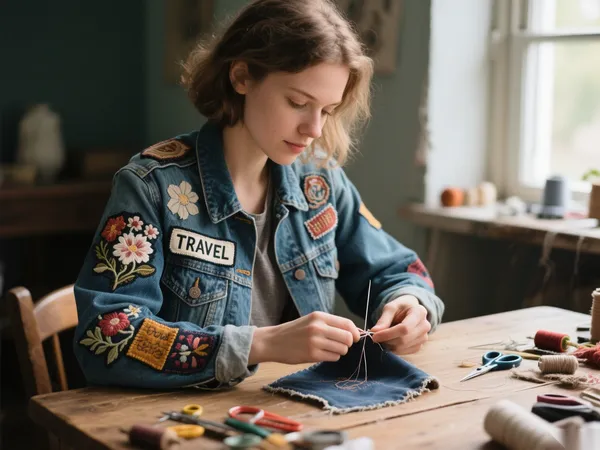
Why Choose to Sew Patches?
While there are iron-on, adhesive, and Velcro options available, parches cosidos a mano offers the most secure and long-lasting result—especially for high-use garments like denim jackets, backpacks, or uniforms.
✅ Benefits of Sewing Patches:
- Works on any fabric (even those not suitable for heat)
- Won’t peel off in the wash like iron-ons sometimes do
- Allows precise placement and control
- Adds a handcrafted, durable finish
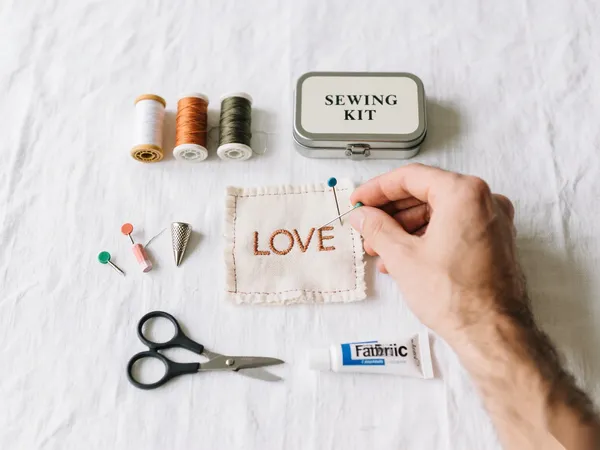
Herramientas que necesitarás
Before you begin, gather the following basic sewing supplies:
- Patch(es) of your choice (embroidered, fabric, or custom)
- Needle (a sharp one for hand sewing or a sewing machine)
- Thread (color-matched or contrasting, depending on the look)
- Scissors
- Pins or fabric glue (optional for placement)
- Thimble (optional for thick fabric)
- Fabric pencil or chalk (for positioning)
💡 Tip: For leather or thick canvas, use a leather needle and extra-strong thread.
Paso a paso: Cómo coser un parche a mano
Hand sewing is ideal for beginners or those working on thick fabrics like denim or leather where machines might struggle.
1. Coloque el parche
- Try on the garment or lay it flat.
- Place the patch exactly where you want it.
- Use pins, fabric glue, or double-sided tape to hold it in place.
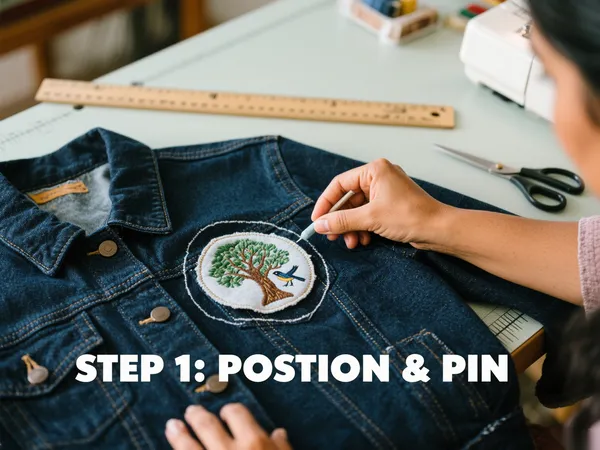
2. Enhebrar la aguja
- Cut about 18–24 inches of thread.
- Tie a knot at the end to prevent slipping through the fabric.
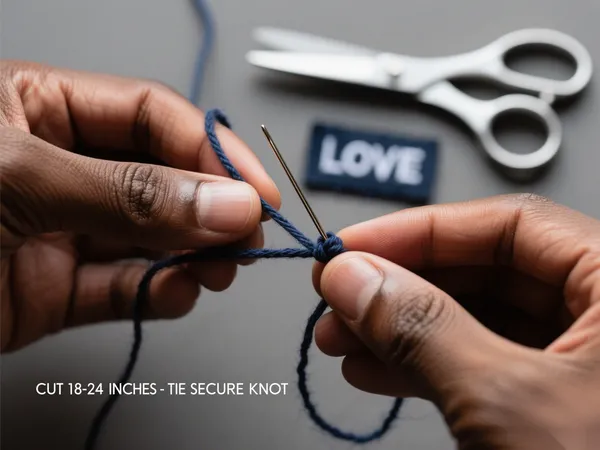
3. Start Sewing
- Begin from the inside of the fabric so the knot is hidden.
- Use a puntada continua (basic in-out motion) or a puntada de látigo (looping around the edge).
- Make sure your stitches are evenly spaced—1/8 to 1/4 inch apart.
- For a clean look, keep stitches just inside the patch border.
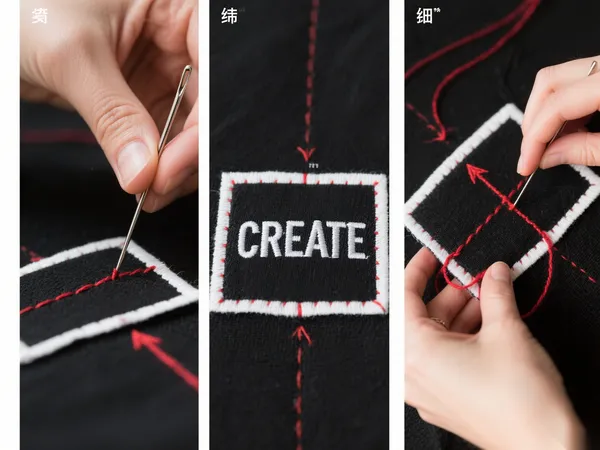
4. Secure the Thread
- Once you’ve stitched all the way around, tie a knot on the inside of the fabric.
- Trim off any excess thread.
✂️ Pro Tip: Double-thread your needle for thicker patches or more durability.
Uso de una máquina de coser para parches
If you’re comfortable with a machine, this method is faster and creates uniform stitches.
Ideal para:
- Large patches
- Frequent projects
- Denim jackets, tote bags, uniforms
Machine-Sewing Steps:
- Pin or glue the patch in place.
- Select a straight or zigzag stitch (depending on style and patch thickness).
- Sew slowly around the edge of the patch, guiding carefully to keep curves clean.
- Pespunte at the start and end for extra strength.
Choosing the Right Thread and Stitch Style
The look and durability of your patch depend on the stitching method:
| Stitch Type | Look | Strength | Ideal Use |
|---|---|---|---|
| Puntada continua | Clean and subtle | Medio | Simple patch outlines |
| Whip Stitch | Decorative and rustic | Strong | Embroidered or fabric patches |
| Zigzag Stitch | Bold and secure | Very High | Machine sewing on activewear |
| Puntada de manta | Decorative edge finish | High | Edgy or visible patch borders |
Tips for a Polished Finish
- Match the thread color to the patch border for an invisible look.
- Use contrasting thread for a bold, decorative edge.
- Wash and dry garments before sewing to avoid shrinkage after stitching.
- For stretchy fabrics (like athletic wear), stretch the fabric slightly while sewing to prevent puckering.
Where to Use Sewn-On Patches
Sew-on patches are perfect for:
- Chaquetas y jeans de mezclilla
- Canvas tote bags
- Military or scout uniforms
- Backpacks or travel bags
- Sweatshirts, hoodies, or flannels
- Leather vests and biker gear

Reflexiones finales
Aprendiendo cómo coser parches is a rewarding and practical skill, whether you’re repairing clothes, customizing your style, or crafting gifts. With just a few tools and a little patience, you can transform any garment into something totally unique—and built to last.
So grab a needle, choose your favorite clothing patches, and start stitching your personality into every piece you wear.

